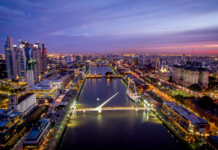
While performance indicators vary from region to region, as a whole, construction is thriving. Collectively, the global construction industry did $11.4 trillion worth of business in 2018, which is projected to increase to $14 trillion by 2025.
Much of this activity will occur in Asia, with China, Japan and India leading the way. Despite concerns over China’s glut of residential properties currently on the market, any downturn will likely be offset by an increase of infrastructure projects elsewhere across the region.
There is uncertainty in Europe over Brexit, but the business-friendly policies of the current United States administration bode well for increased expansion there.
Here is a list of the ten biggest construction companies in the world, three of which are family-owned:
10. Laing O’Rourke
Country of Origin: UK
Revenue (2017): £3.2 billion (approximately $4.2 billion)
Number of Employees: 15,000
Founded by Ray O’Rourke in 1978, family-owned Laing O’Rourke is the largest construction company in the UK. Known initially as R. O’Rourke & Son the name change occurred in September 2001 to reflect the acquisition of Laing Construction.
Laing O’Rourkeis fully international with operations in Canada, Europe, the Middle East, Asia and Australia. The firm prides itself on being a full-service operation with capabilities including ‘buildability’ studies, design for manufacture and assembly, remediation and enabling works, logistics management and integrated construction delivery.
Laing O’Rourke’s Moorebank Units Relocation Project earned the prestigious 2016 Australian Construction Achievement Award. The Leadenhall Building, assembled from prefabricated sections built outside of London, is a defining feature of the British capital’s skyline.
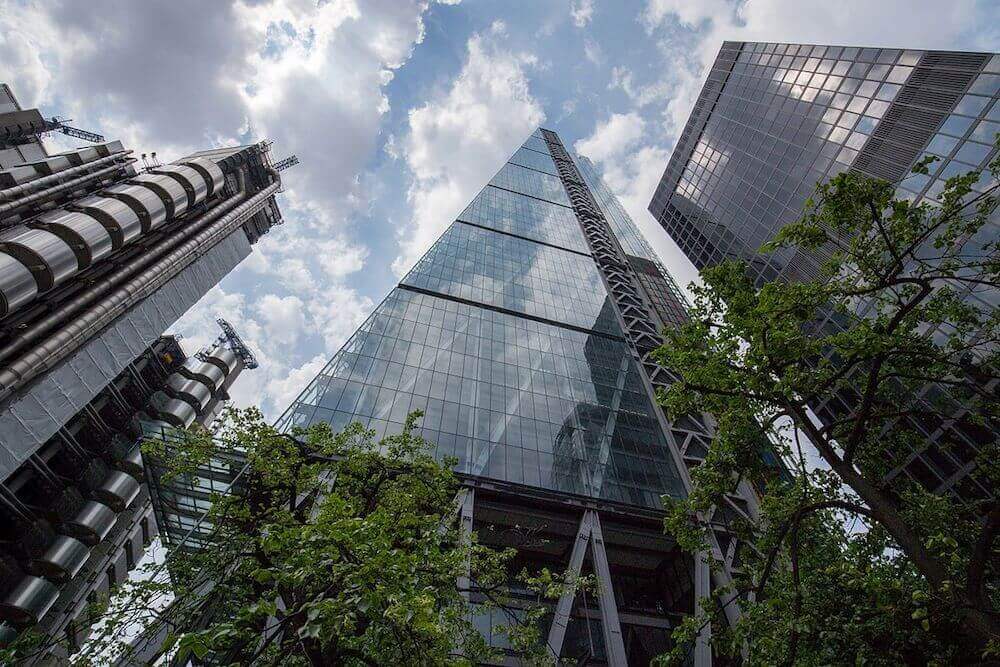
9. Royal BAM Group
Country of Origin: Netherlands
Revenue (2017): €7.404 billion (approximately $8.5 billion)
Number of Employees: 26,000
In 1869 the Royal Bam Group was founded by Adam van der Wal in Holland and remained a family-owned business for three generations. In 1927, the company made the transition to a publicly traded corporation and was renamed Bataafsche Aanneming Maatschappij van Bouw – en Betonwerken or BAM. By following a strategy of continuous acquisition, the company has continued to expand, especially through the late 1990s and early 2000s.
Bam focus primarily on property, civil engineering, and public-private partnerships. Significant projects include the Amsterdam Arena football stadium, the Antwerp Law Courts, the Quadrant:MK in Milton Keynes and the Euroborg football stadium for FC Groningen.
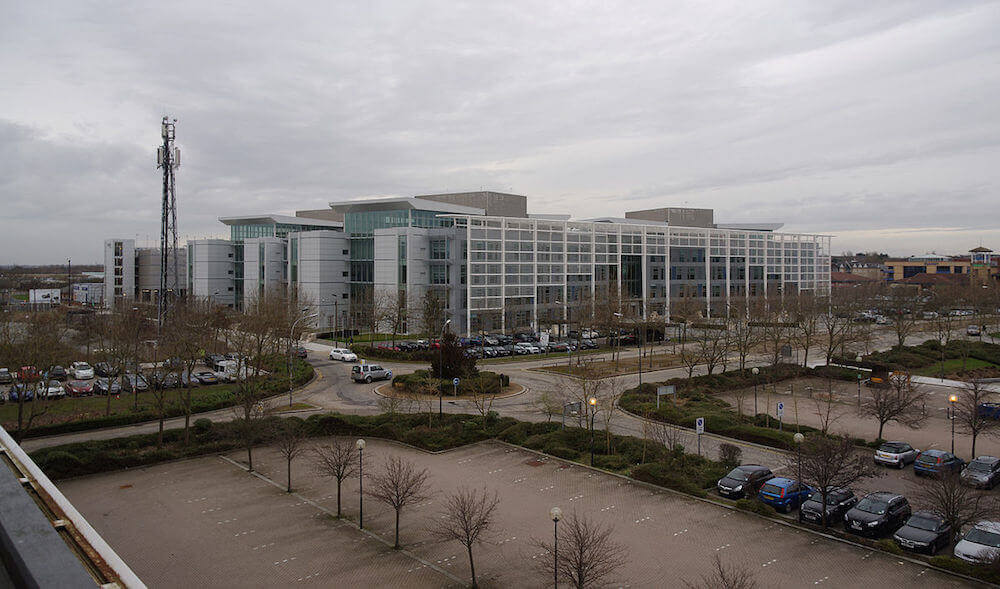
8. Skanska
Country of Origin: Sweden
Revenue (2017): $15 billion
Number of Employees: 40,000
Aktiebolaget Skånska Cementgjuteriet also known as Skanska, was founded by Rudolf Fredrik Berg in Malmö, Sweden in 1887. It is credited with building a significant amount of Sweden’s infrastructure including roads, power plants, offices and housing. The company primarily serves Scandinavia, Europe, and North America.
Skanska’s 40,000 employees comprise one of its largest shareholder groups through the Skanska employee ownership program. Among its most significant projects are the MetLife Stadium in New York, the A1 Motorway in Poland, and the Öresund Bridge in Sweden.
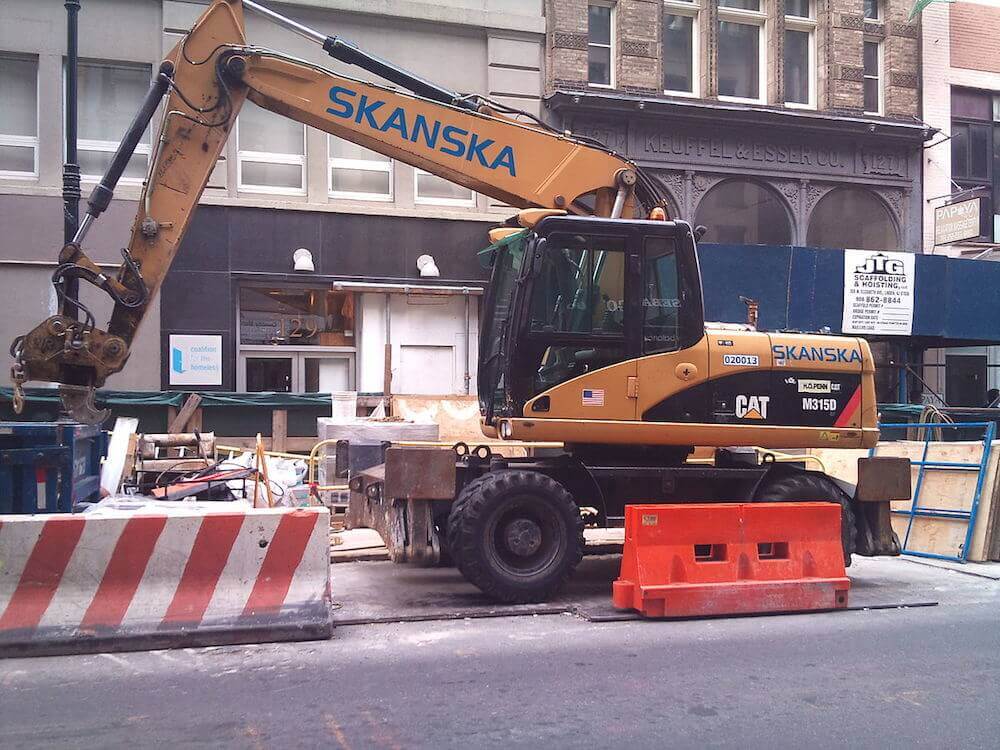
7. STRABAG
Country of Origin: Austria
Revenue (2017): €13 billion (approximately $15.06 billion)
Number of Employees: 72,000
Strabag SE is an Austrian construction company headquartered in Vienna. The company has roots tracing back to 1835 when Anton Lerchbaumer founded ILBAU, which through several mergers would become Strabag. Today Strabag is the largest construction company in Austria.
Strabag specialises in civil engineering and transportation infrastructure. One of Strabag’s better-known projects is the world’s largest indoor skydive centre in Abu Dhabi.

6. Larsen and Toubro
Country of Origin: India
Revenue (2017): $17 billion
Number of Employees: 104,000
In 1938, Larsen and Toubro (L&T) was founded in Mumbai by Henning Holck-Larsen and Søren Kristian Toubro, two Danish engineers who were working there at the time. Their early efforts focused on manufacturing dairy equipment but as the company grew, so did its reach. By 1944, the partners incorporated ECC today, which is the primary construction division of L&T to this day.
L&T is an industry leader in construction and engineering, as well as technology, manufacturing and financial services. Primary areas of focus are hydrocarbon, infrastructure, power, process industries and defence.
Last year the company was awarded the Best Capital Projects & Infrastructure Risk Management Award. One of L&T’s biggest projects is the Mumbai Monorail.
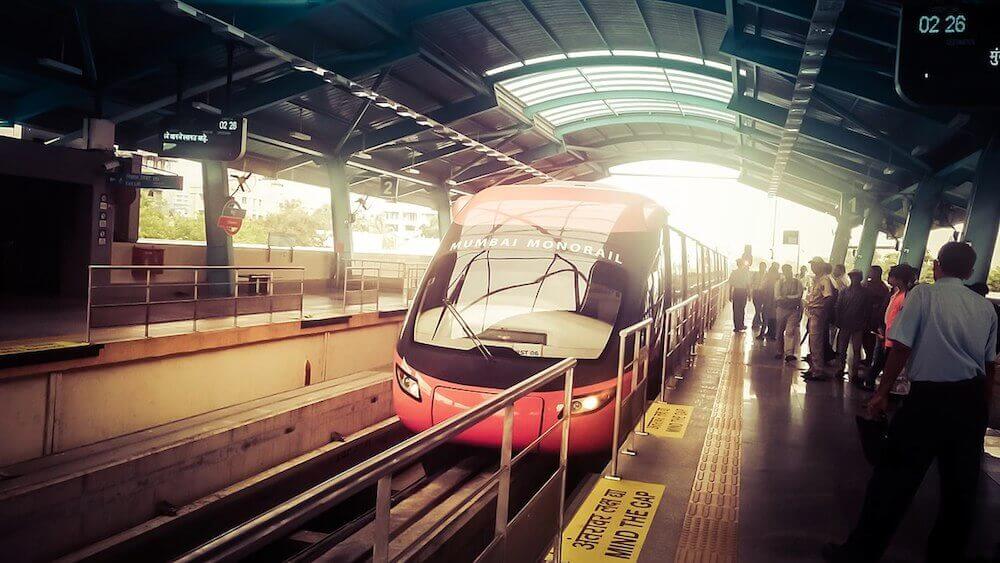
5. Bechtel Group Inc.
Country of Origin: USA
Revenue (2017): $33 billion
Number of Employees: 50,000
The family-owned Bechtel Group traces its roots back to 1898 when Warren A Bechtel began building railroads in the Oklahoma territory. Now in its fifth generation, Bechtel has delivered more than 25,000 projects in 160 countries on all seven continents. Their activities include infrastructure, energy and industrial buildings.
Their most iconic project is the Hoover Dam, the largest infrastructure project in United States history. Other significant projects include the Athens Metro and the Boston Tunnel.

4. Bouygues Construction
Country of Origin: France
Revenue (2017): $37 billion
Number of Employees: 118,000
Founded in 1952 by Francis Bouygues and listed on the Paris Stock Exchange just 18 years later, Bouygues is another family-owned global construction giant. In the 1980s the company also expanded into media and telecommunications. However, the construction arm of the business remains a separate subsidiary owned and managed exclusively by the Bouygues family.
In 2017, Bouygues Construction employed more than 118,000 people in 80 countries and earned $37 billion in revenue. They continue to solidify their position as a world leader in building and civil works, energy and transport infrastructure.
The company boasts a long list of significant construction projects including the Clement Canopy in Singapore, the Paris Longchamp Racecourse, the Queensferry Crossing in the UK and the Liantang tunnel in Hong Kong.
By Jeanne Menjoulet from Paris, France – Bouygues Bâtiment, chantier porte de Clichy, CC BY 2.0, https://commons.wikimedia.org/w/index.php?curid=613525863. Grupo ACS
Country of Origin: Spain
Revenue (2017): €34.898 billion (approximately $40.3 billion)
Number of Employees: 210,000
The Spanish firm Grupo ACS is nearly a century younger than Vinci. ACS formed in 1997 with the merger of OCP Construcciones S.A. and Ginés Navarro Construcciones S.A. Since then, it has gone on to acquire several other companies notably purchasing a two-thirds stake in Hochtief.
The company built its global empire by focusing on the development of sectors fundamental to economic growth. To this end, Grupo ACS has become an industry leader in infrastructure as well as civil and industrial engineering projects.
Some of Grupo ACS’ most significant builds are the Alqueva Dam in Portugal as well as the Torre de Cristal and Torre Espacio skyscrapers in Spain.
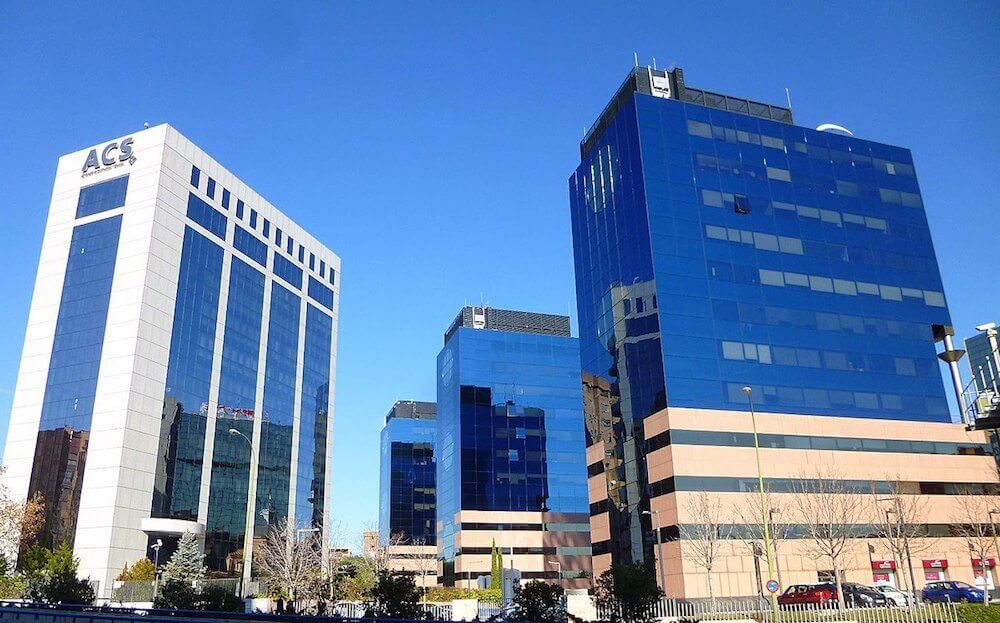
2. PowerChina
Country of Origin: China
Revenue (2017): $45.5 billion
Number of Employees: 135,000
The newest company on the top ten list, Powerchina, was founded in 2011 when several state-owned construction and energy enterprises merged. Its primary focus is on energy and infrastructure construction.
PowerChina prides itself on its environmental conservation efforts, having made serious inroads in water conservancy, hydropower design and new energy development. By building renewable infrastructure around the world like wind farms in Pakistan, the Chinese conglomerate is revolutionising the energy sector.
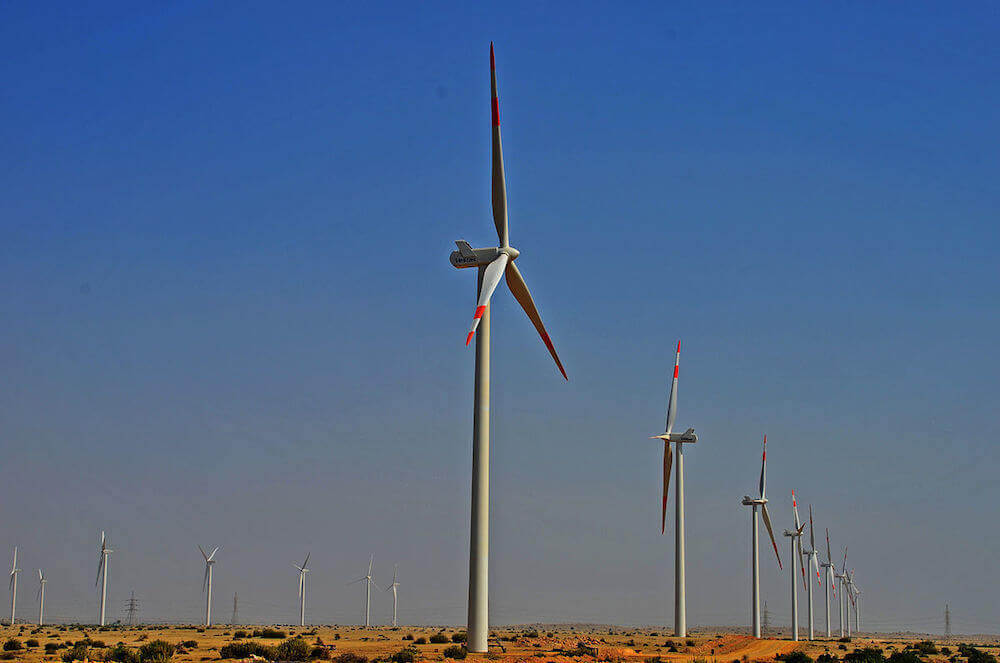
1. Vinci
Country of Origin: France
Revenue (2017): €40.248 billion (approximately $46.6 billion)
Number of Employees: 200,000
Vinci is not only one of the largest companies in the sector but also one of the oldest. Alexandre Giros and Louis Loucheur launched the first incarnation of the company, which was known as Société Générale d’Entreprises S.A. (SGE) in 1889. The firm changed its name to Vinci in 2000.
The Gariep Dam in South Africa, as well as the Stade de France national football stadium, are two of Vinci’s most iconic projects.








